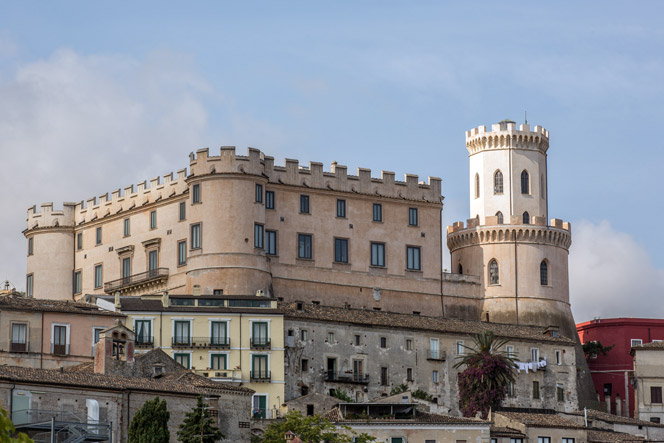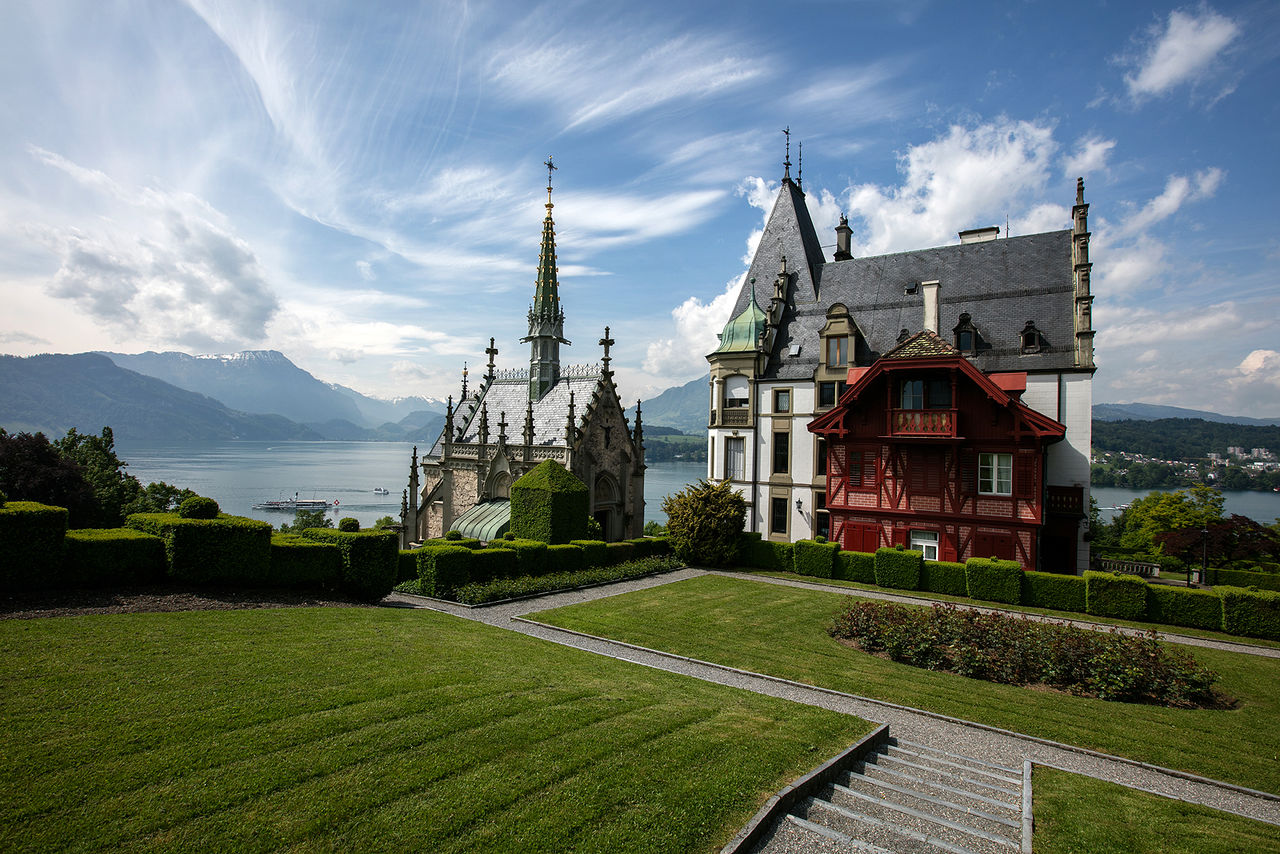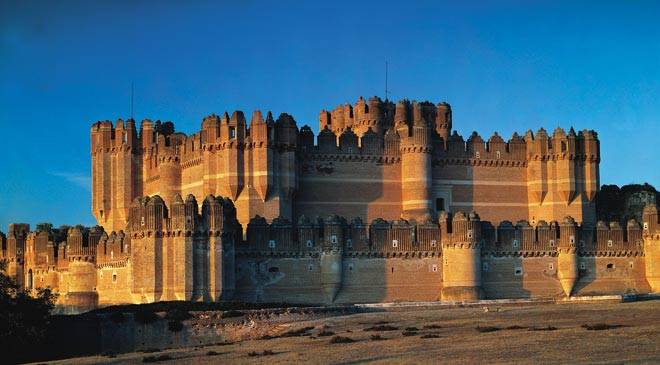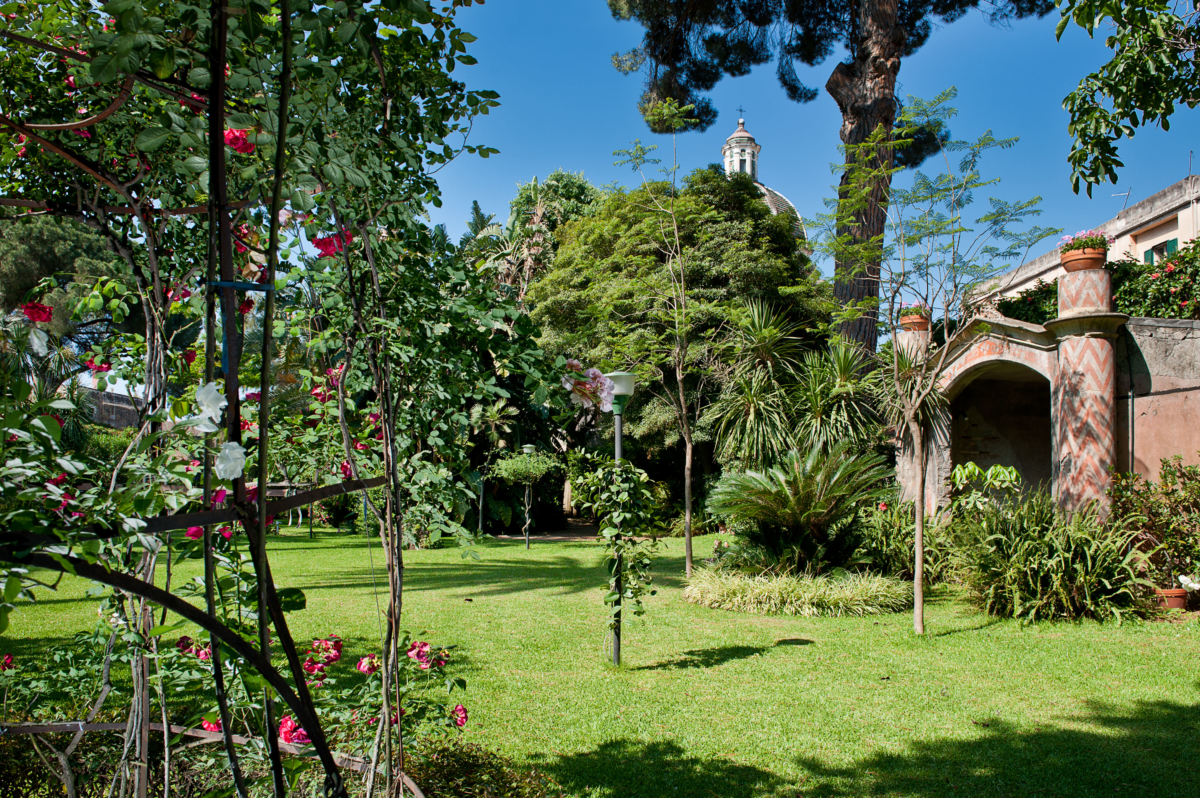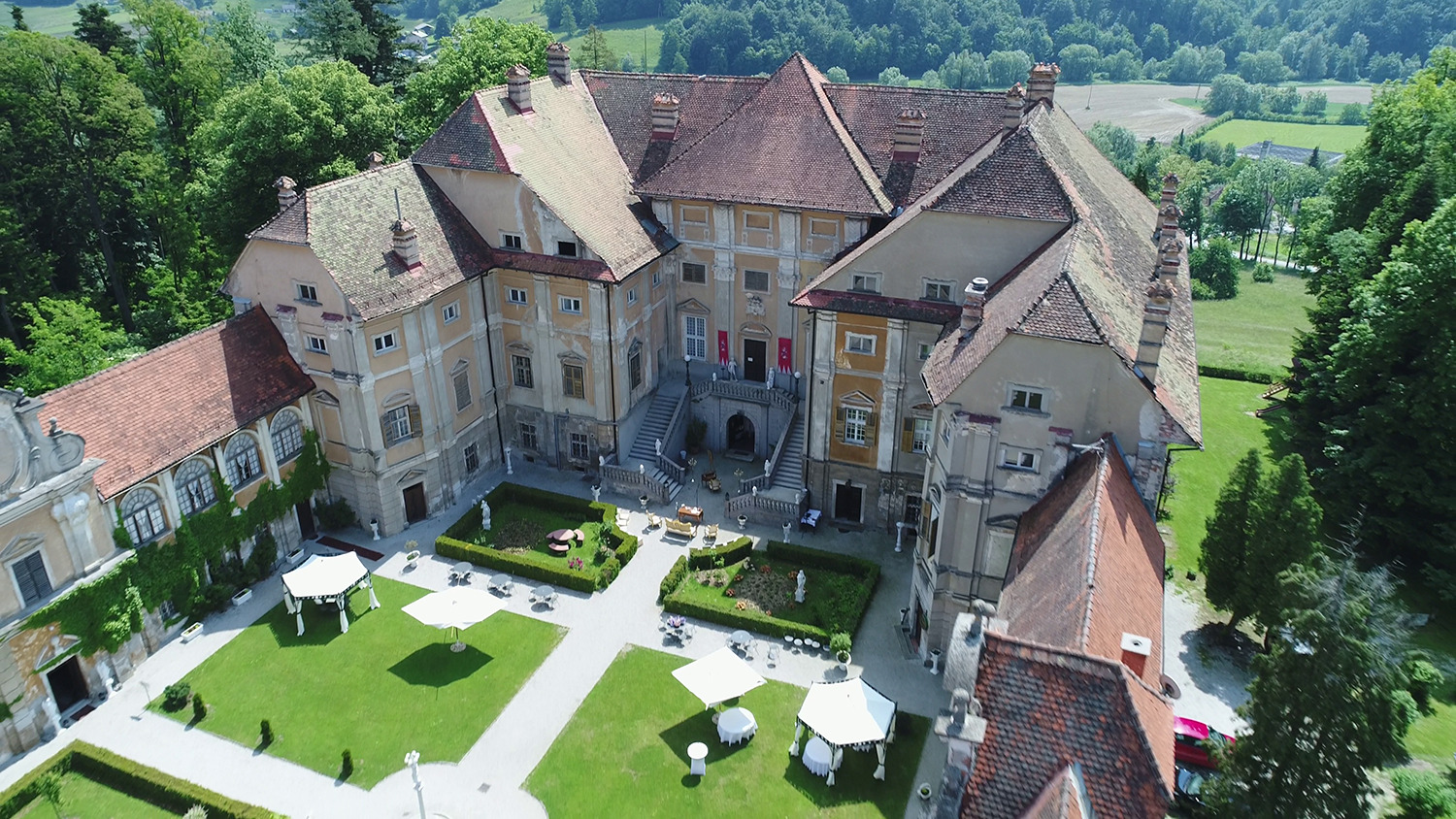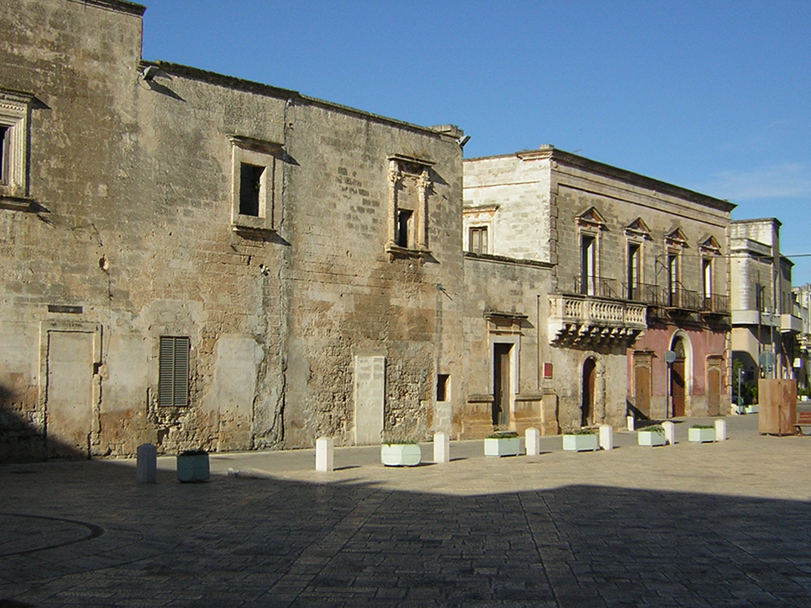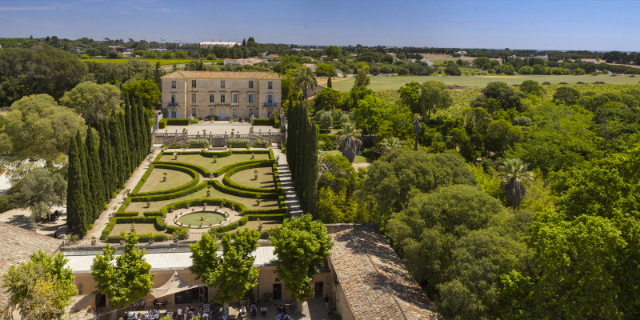The first records of the presence, in Corigliano, of a fortified outpost date back to the 11th century. It was in fact the Normans who, in their campaigns to conquer Calabria and Sicily, in moving along the valley of the Crati River, built a primitive stronghold, defending the perched village of Corigliano and controlling the plain of Sybaris below.
With the Aragonese domination of Calabria, which succeeded the Angevin domination, Ferdinand I took the fief of Corigliano and the adjoining fortress from the Sanseverino family. In 1489, following a visit by the duke of Calabria, who complained about the state of the fortress and regretted that his garrisons could not be housed there, Ferdinand I of Aragon ordered that expansion and restoration work be carried out, which resulted in an authentic reconstruction of the pre-existing fortified building. The works are started in 1490.
In 1506 the fief of Corigliano and the castle returned to the Sanseverino family. But its state must have been very precarious if the same lord decided to have a new fortified palace built in the locality of S. Mauro. In 1516, Antonio Sanseverino re-established his residence in the castle and, in order to increase its degree of security, promoted other renovations. Probably to be ascribed to this period are the construction works of the shoes around the base of the corner towers and the construction of the Rivellino, placed to protect the only entrance, connected to the Castle by two slender drawbridges that guaranteed access to the fortress.
In 1616 the fief of Corigliano passed into the hands of the Saluzzo family of Genoa. The new owners, in order to make the castle more suitable for their residence, carried out the first functional adjustments to the fortified structure in 1650. These included the construction of the octagonal tower (placed on the base of the ancient Mastio), the chapel of St. Augustine (which would undergo repeated renovations), new access ramps to the inner courtyard, as well as some rooms intended for the residence. In 1720, following the decision to reside permanently in their new palace, the Saluzzo family promoted new renovations to the castle. The need to live in the manor during the summer and autumn periods prompted Agostino Saluzzo to adapt some of the fort’s interior rooms. In this specific case, some rooms were remodeled and made more comfortable, a balustrade was built outside the throne room, and a large stable was built on what is now Pometti Street as an appurtenance of the castle, replacing the pre-existing one in the moat.
In 1806 the castle was besieged and sacked by French troops. Following these events the Saluzzo family moved to Naples and decided to alienate the castle and their other property in Corigliano in favor of Giuseppe Compagna of Longobucco. Luigi Compagna, Giuseppe’s second son, made further changes to the manor’s interiors in 1870: the inner corridor was built, reducing the space of the Piazza d’Armi; the chapel of St. Augustine was frescoed; the upper floor of the Rivellino was demolished to make rooms for the Administration of the House; and some rooms were richly decorated. With the transfer of the last members of the Compagna family to Naples, the historical cycle of Corigliano Castle came to an end.
